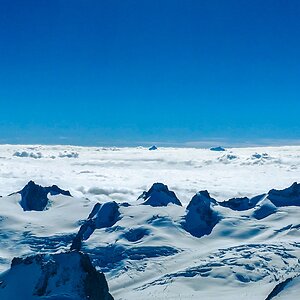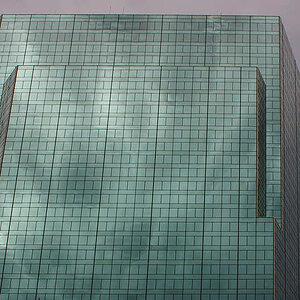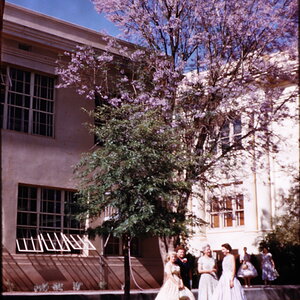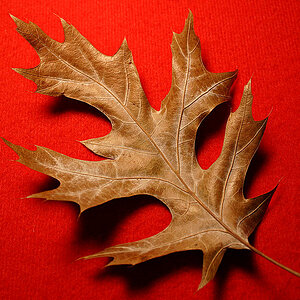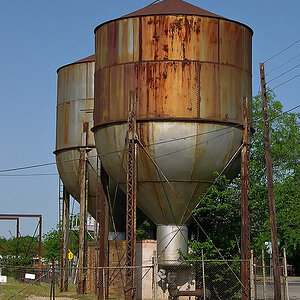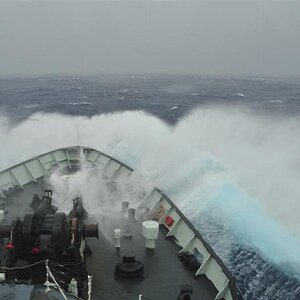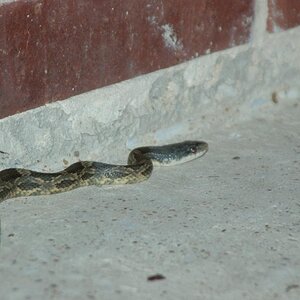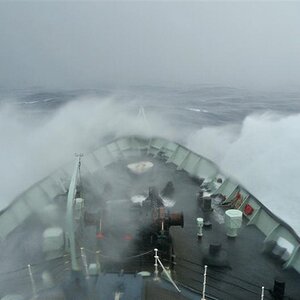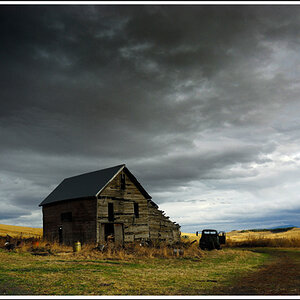photong
Typo Queen
- Joined
- Aug 7, 2003
- Messages
- 1,235
- Reaction score
- 5
- Can others edit my Photos
- Photos NOT OK to edit
I was thinking of getting a regular one...
But..I have a couple questions....
I see some have an x (ie. 8x)factor in there. How do I know whcih one to get? Is there a popular one?
And then theres gradual, or graduated neitral density filters...
I want that too. Does anyone have any advice, or examples of this? I can't find any on Deviatart and theres not much on Google images.
I want to use it for control with certain subjects, and the gradual filter is more for an effect, which like I said I cant't find any examples that I used to have on Deviantart.
But..I have a couple questions....
I see some have an x (ie. 8x)factor in there. How do I know whcih one to get? Is there a popular one?
And then theres gradual, or graduated neitral density filters...
I want that too. Does anyone have any advice, or examples of this? I can't find any on Deviatart and theres not much on Google images.
I want to use it for control with certain subjects, and the gradual filter is more for an effect, which like I said I cant't find any examples that I used to have on Deviantart.


